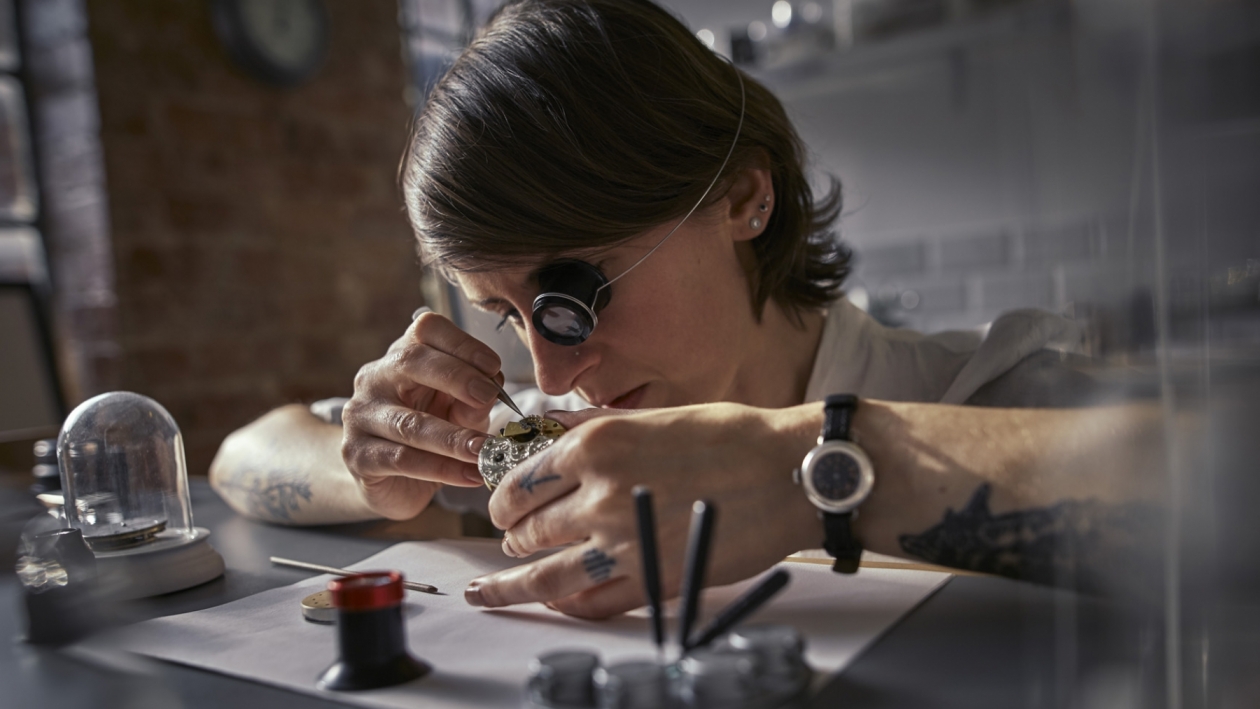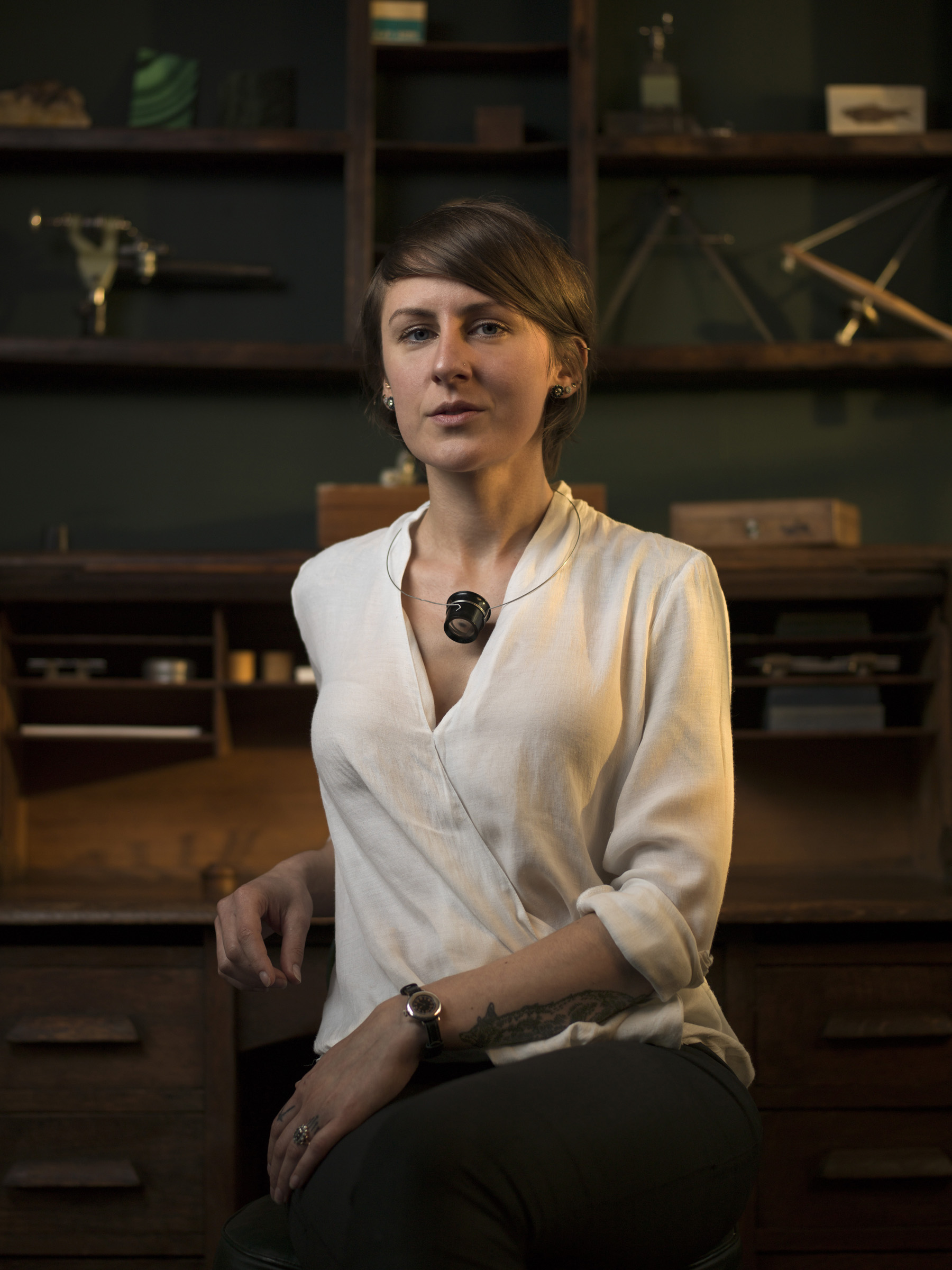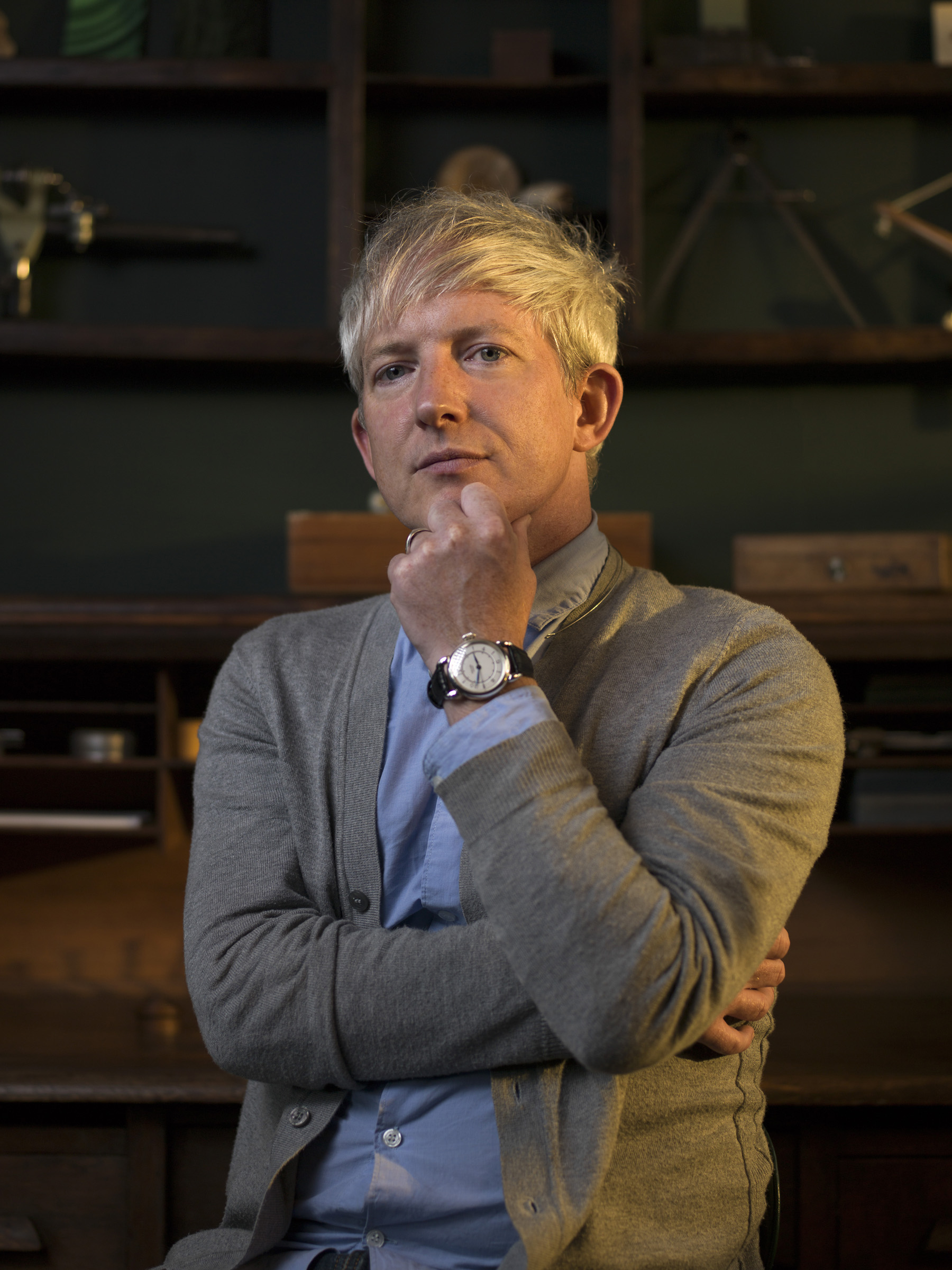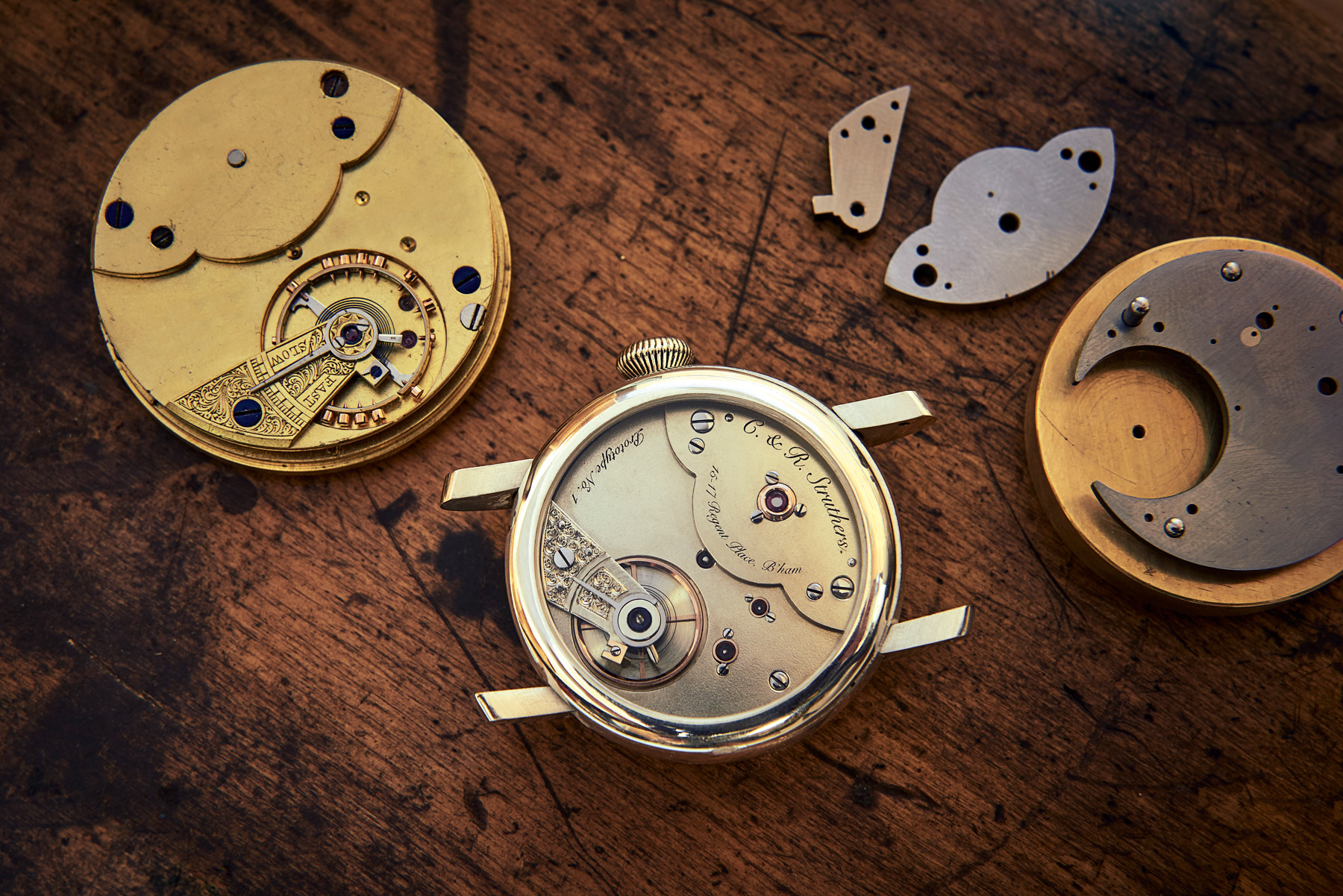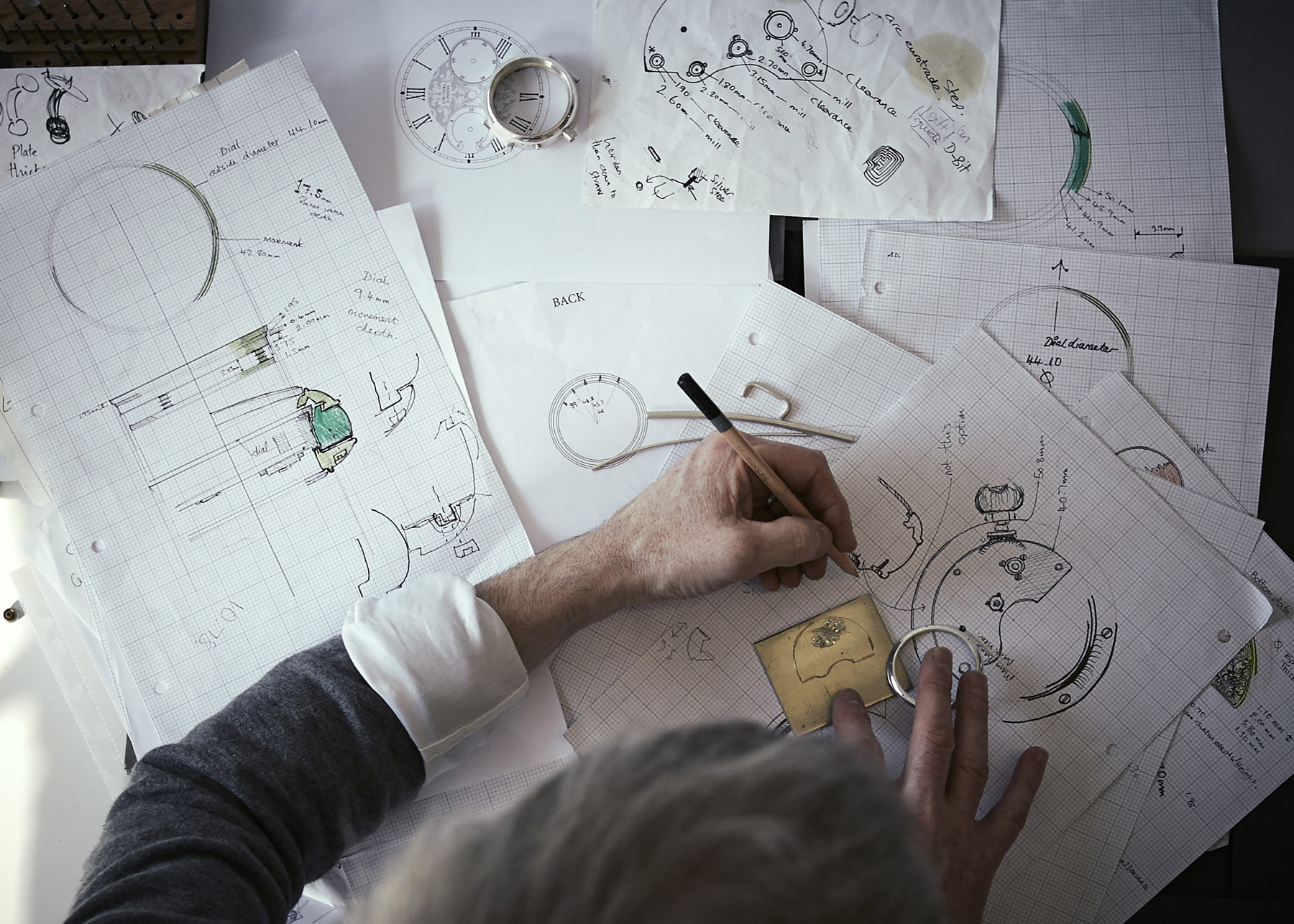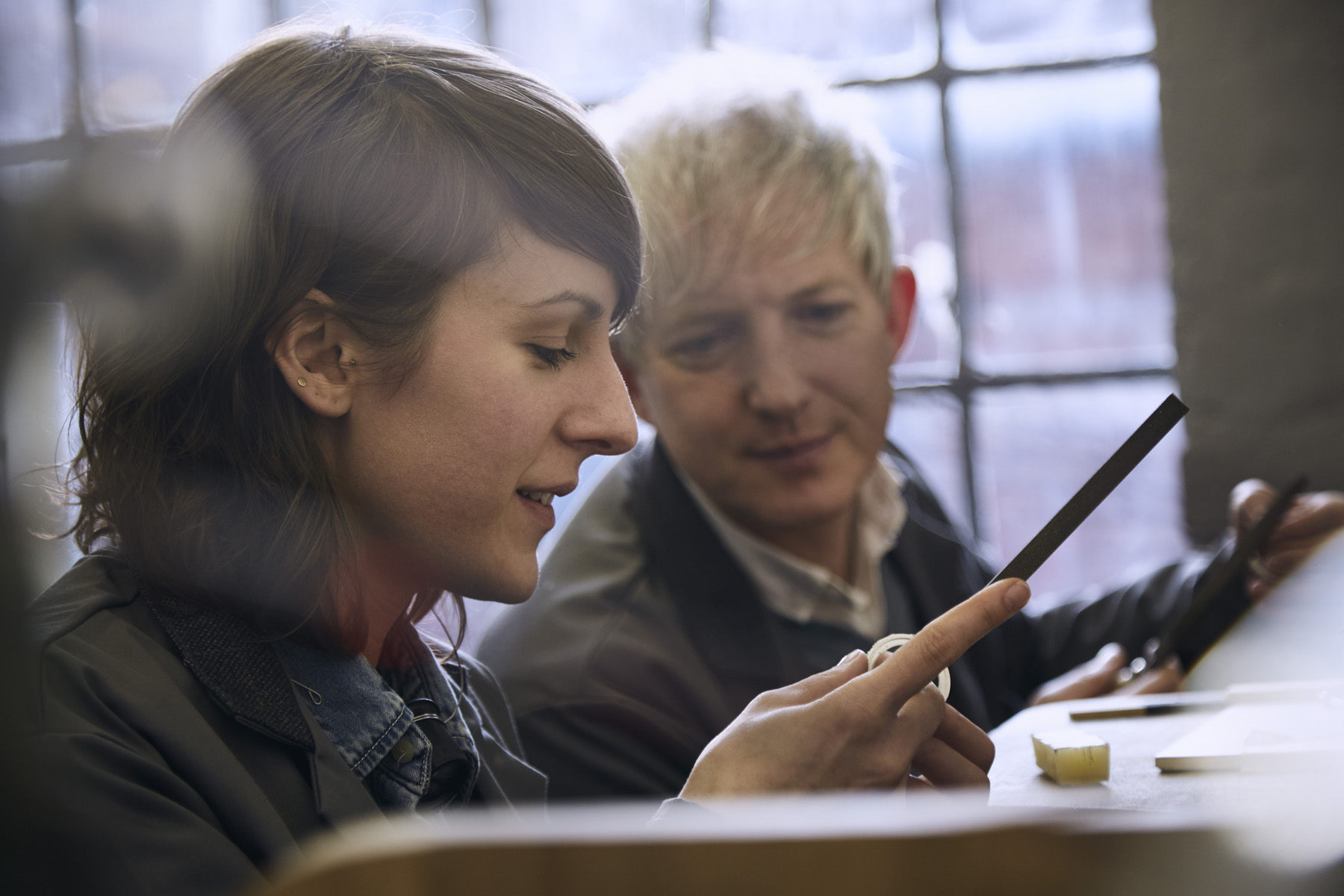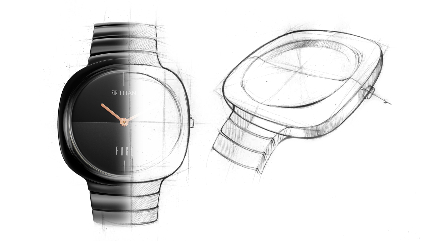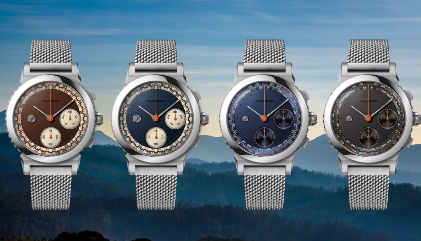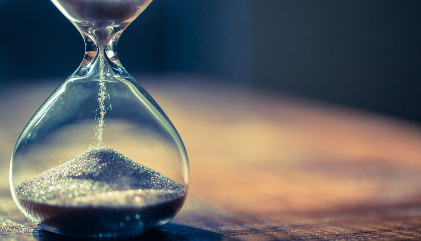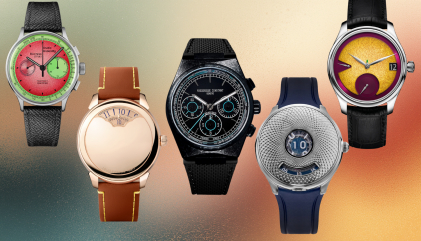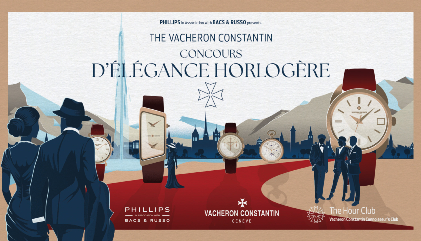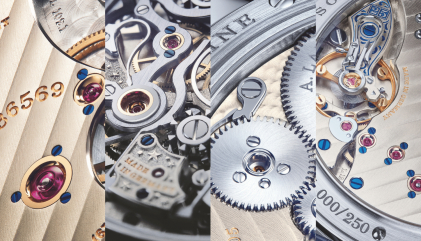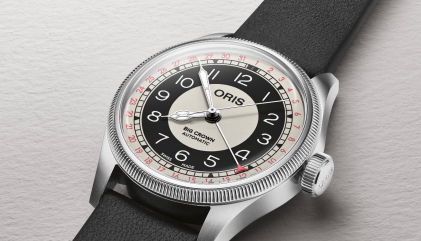WTI: What got you hooked to watchmaking?
RS: I discovered watchmaking by accident while I was studying as a jeweller and silversmith in 2003. I have always had an equal love of science and art, and watchmaking was the perfect way to bring my two passions together.
WTI: Can you tell us more about your brand, Struthers?
RS: Until this year, Struthers Watchmakers were just me and my husband Craig. We are both watchmakers and trained together at university which is where we met. We welcomed our first apprentice in January so now there are three of us. I specialise in design, research and development while Craig specialises in practical engineering. Between the two of us we personally complete all the in-house work on our watches.
WTI: You're a designer, engineer, historian, and an artist all rolled into one. Which role do you prefer the most?
RS: I love them all equally! All four roles feed into each other. So, historical research informs my design which in turn informs my engineering practice. Every watchmaker needs to be an artist because a watch must be both beautiful and functional.
WTI: You're the first person in Britain with a PhD in Horology. What motivated you to do a PhD?
RS: I started a masters' degree in history of art and design which I tailored to watchmaking as no such degree existed in the UK. I have always loved education and study. I had not thought about a PhD but my lecturers were impressed by my degree work and encouraged me to apply for a PhD scholarship. As no one has ever done this in the UK it was not something I had previously aspired to because I didn't realise it was possible.
WTI: Can you tell us more about your doctoral thesis?
RS: My thesis is called Unravelling the myth of the ‘Dutch forgery’: the production, trade, and dissemination of grey market watches in Europe, 1750-1820. I explore the emergence of mass-manufactured watches in 18th Century Europe evidenced through a combination of forensic analysis of early fake watches surviving in the collection of the British Museum and archival research. The results brought the accepted date of mass-production in this context forward nearly 100 years.
WTI: How does the English watch industry differ from the Swiss watch industry?
RS: England used to be home of watchmaking until the late nineteenth century when the Swiss industry took over. Now, England has very little by way of a watch industry. The brands that exist here are very small in comparison.
WTI: You and your husband are most fascinated by the 1850 – 1950 period of English watchmaking. Why is that?
RS: Craig and I trained as vintage and antique watch restorers before we started making our own timepieces. Having worked on hundreds of years of watchmaking, this era, in our opinion, represents the very best in terms of materials, quality and design. Watches were made to be repaired and real consideration was given to the longevity of the piece.
WTI: How do you ensure the survival of Struthers in today’s day and age of digital and technological innovations?
RS: What we offer is so different to the age of digital technology our clients specifically look for us to make something unlike anything else on offer today. They appreciate our vintage and antique tools and very traditional approach to making. Finding watches made by modern technologies in the twenty-first century is easy, most watches are made this way, but finding traditional makers is much harder.
WTI: You are said to have incorporated certain local, dying watchmaking trades in your work. Can you give examples and tell us more about them?
RS: When the English watch industry died out we lost many of the allied trades required to make timepieces. We have worked hard to source the few that are left, such as drop stampers who blank our watch dials and hand chain makers who make our pocket watch chains. Other skilled craftspeople, such as engravers, exist but there are not many who work to the level of quality we require which means the few that do are incredibly busy. Many of them are not training apprentices so we try to raise awareness about them and their work in the hope it will encourage more people to take up these skills and preserve them for the future.
WTI: How and where do you source your equipment from?
RS: Virtually all our equipment was made before 1950, from out lathes to our milling machines and pillar drills. Some of our hand tools date back to the 1850s and 60s. It has taken us a long time to source our equipment and build our workshop. A lot of it comes from auctions and clearances by retired watchmakers. Some of it had been salvaged from peoples’ garages or sheds where it might have been in the family for a very long time but has now been forgotten about. We restore all our tools as we do watches. We see our tools as part of our team and we give them all names.
WTI: Tell us about the most cherished memory/journey associated with your bespoke pieces?
RS: The moment we hand over a finished watch is a very sentimental time. Our watches can take anywhere between 6 months and 2 years to build so we develop a close relationship with our clients. There are many opportunities for them to add bespoke details so the watch is very personal to them. Likewise, we spend such a long time making them we have a very close relationship with the watch too, the final hand over is almost like a child moving out from home. It's a proud moment but you miss them and you will always worry!
WTI: Could you tell us more about Struthers first in-house movement?
RS: Our first in-house movement is inspired by one of the very last commercially made English watch movements dating back to the 1880s. We are reviving the piece with the benefit of nearly 140 years of improved materials and manufacturing processes but using our vintage and antique tools. We have nicknamed the watch "Project 248" as it will be made almost entirely by 2 watchmakers, 4 hands and traditional 8mm lathes.
WTI: How do you "look backward to look forward?"
RS: As we feel many the best watch designs have already been and gone, we find our inspiration from the past and introduce it in our contemporary work. As both Craig and I are watchmakers we have never had an intentional marketing strategy, we do things the way we do because it's what we know and feel passionate about. We feel very lucky to have clients and collectors who share our values and spread the word about our work.
WTI: There has been an increase in the percentage of women buying mechanical timepieces. What are your thoughts on the same?
RS: Women have greater disposable incomes and control over their finances than ever before. Historically, many women's watches have been quite badly designed with the focus being on them looking pretty rather than being a sound investment. Now, women are buying watches for themselves. They care just as much about the future value and design as much as men do. This, in turn, is driving greater innovation in women's watchmaking than ever before. It is long overdue as when they were first invented wristwatches were viewed as a woman's fashion accessory. Men did not start wearing wristwatches for over 100 years after they were first invented.
WTI: As one of the few women horological experts in the industry, have you faced any form of backlash from the industry in any way?
RS: I regularly faced difficulties when I first started my career journey. I was very young at 17 years old, in the UK at that time many men studying watchmaking were in their 40s and 50s. I was also working class and quite outspoken which made me even more noticeable. Over the years this has eased and I face much less resistance, although, some still exists. We still have far fewer women watchmakers than men, I read a report recently that estimated only 5% of watchmakers worldwide are women. While there are many women in the industry they are usually limited to the less skilled production line and factory work. The atmosphere is starting to change so I hope to see many more women rising through the ranks in the future.
WTI: What are your views on the current state of the luxury watch market?
RS: I think we are entering a very interesting time in the luxury watch market. The Swiss industry is starting to suffer from the market for fakes, the recession here in Europe, and, a change in the market. Many "Swiss made" watches are now almost entirely made in the Far East and just built in Switzerland. Thanks to the internet, watch collectors are more educated now than ever before. Brands must be very careful when they market their watches as any lack of transparency is spotted very quickly. I think this will change things for the better as watch buyers push brands to be truly innovative and unique to win their loyalty.
WTI: Do you cater to any Indian clients?
RS: At the moment, most our clients have been in the UK and Europe. I think this is probably because we started as such a small company, we haven't done much marketing, and, we make very few watches a year. As word about our work spreads we are starting to see a change with more enquiries coming in from around the world.
WTI: What goes on in your daily routine? How does a typical day start for you?
RS: Our typical day runs from 7.30am till around 6pm. We use our early start to catch up on email enquiries or discuss our current design work. The rest of the day is spent in the workshop and visiting the people we work with. Aside from our watch builds we still carry out some selective restoration for our clients which we fit in around our other work. We try to rotate between restoration, engineering and design work as watchmaking can be quite tiring on your eyes. It helps to have regular breaks.
WTI: Tell us about some more hobbies, interests which you have and share with your husband?
RS: In many ways, our job is a hobby and interest too, we love what we do and regularly talk about work at home. Aside from that, I enjoy knitting and Craig likes illustration. Together, we have recently started trials riding and I have a vintage BSA Bantam trials motorbike. Watchmaking is very sedentary work so it is nice to get out into the countryside for a bit of exercise!
WTI: Lastly, what's the story behind your logo?
RS: We have recently updated our logo although the fox we started with is still very much part of our brand. When we founded out business in 2012 we wanted to use an animal for our logo and something reminiscent of the smoky streets of Victorian London during the era of watchmaking that inspired us so we chose a red fox as our mascot.





